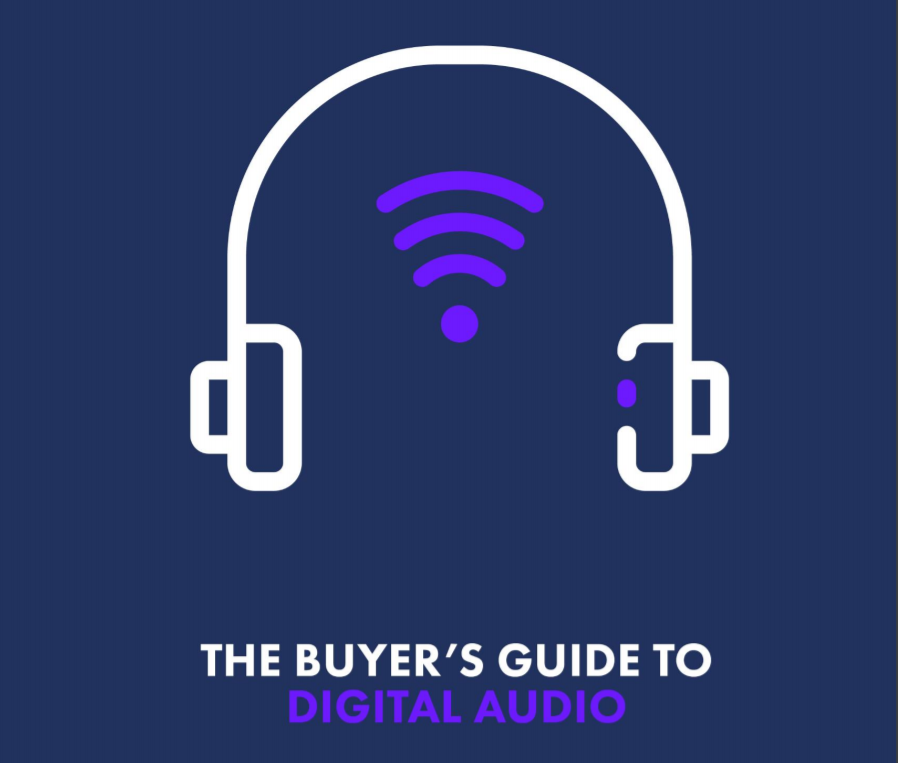IAB Europe released its ‘Buyer’s Guide to Digital Audio’ to help planners and buyers of media navigate the opportunities that a new world of audio creates for marketers.
“Advertisers have always understood the power of audio to connect with audiences both on an emotional level and through the mobile, intimate nature of the medium. But thanks to multiple digital advances and the unprecedented speed at which they are being adopted, there is now a real opportunity for the digital audio advertising market to thrive.” – commented the authors of the guide.
This guide has been developed by experts from IAB Europe’s Channels & Formats Taskforce (a part of the Brand Advertising Committee). It provides harmonised definitions for digital audio in Europe, an overview of the evolution of audio advertising and the landscape in Europe, as well as key considerations and best practices for digital audio advertising. In doing so, it ensures that buyers of traditional audio and buyers of digital advertising have the necessary knowledge to implement effective digital audio advertising campaigns.
Cognitive neuroscientist Amy Belfi says: “We like filling our days with sound because it makes us feel something usually ‘good’ but we listen to stuff that makes us feel sad when we want that, or energetic, or calm. We know how to use music to shift our moods. That makes [our day to day] a more personal and curated experience.” Dr Amy Belfi also talks about how music influences our emotions, feelings and behaviour in her TEDx video.
Strong value propositions for advertisers who are looking to, or already are investing in digital audio:
- a large and growing audience,
- additional reach to mobile consumers,
- one to one advertising experience,
- strong responsiveness to ads,
- favourable demographics,
- highly measurable impressions.
Several core characteristics making digital audio highly attractive for advertisers:
- Quality and trust — audio offers premium inventory closely associated with the editorial content and high transparency of where the ad is shown.
- Control — private marketplaces are a common model for programmatic audio, giving sellers the necessary control they need.
- High share of voice — most audio environments, particularly on mobile devices, offer brands an unbeatable share of voice in a one to one audience setting. Ad loads in podcasts are low, and the narrator read ads to generate the additional connection between advertising and content.
- Data-driven creative — audio provides huge opportunities for creative optimisation at a low incremental cost of personalisation, due to moderate production costs and a seamless combination of audio elements with a storyline.
Download the Buyer’s Guide to Digital Audio.



